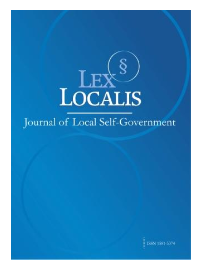DEEP ECOLOGY AS PHILOSOPHICAL METHOD: NAESS'S INTEGRATION OF THEORY AND ENVIRONMENTAL PRACTICE
DOI:
https://doi.org/10.52152/801924Keywords:
deep ecology philosophical methodology, ecosophy, Apron Diagram, ecological identificationAbstract
This paper examines Arne Naess's deep ecology as a distinctive philosophical methodology that transcends traditional environmental ethics by integrating theoretical rigor with practical environmental protection activism. Rather than functioning as a static theoretical framework, deep ecology represents an evolving methodological approach that challenges anthropocentric worldviews and promotes ecological identification through systematic philosophical inquiry. The study explores Naess's innovative use of the Apron Diagram as a conceptual tool that bridges pluralism and unity, enabling diverse philosophical foundations to support common environmental goals. Central to this methodology is Naess's rejection of reductionist thinking and absolute certainty, instead embracing provisional conclusions that emerge from continuous questioning and refinement. The paper investigates how deep ecology's methodological framework facilitates the development of "ecosophies"—total worldviews that foster understanding of humanity's relational position within the natural world. Through concepts including Gestalt thinking, normative systems, and biocentric egalitarianism, Naess created a sophisticated integration of philosophical methodology with environmental praxis. Rothenberg's reconceptualization of deep ecology as a tree structure further illuminates its dynamic nature, where core principles form the trunk while branches extend into political engagement and roots draw from diverse traditions. This methodological approach offers valuable resources for addressing contemporary ecological crises through philosophically grounded, comprehensive responses.
Downloads
Published
Issue
Section
License
Copyright (c) 2025 Lex localis - Journal of Local Self-Government

This work is licensed under a Creative Commons Attribution-NonCommercial-NoDerivatives 4.0 International License.








